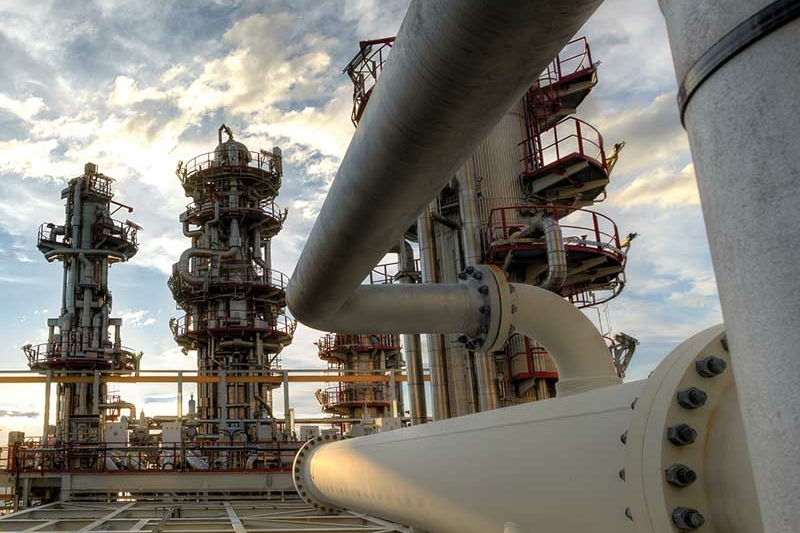Peaks, valleys and plateaus: The US M&A landscape in 2017
Overall deal value declined in 2017, yet it was higher than all other post-crisis years from 2008 to 2013.

In spite of an uncertain political backdrop, 2017 was a solid year for M&A in the US. And our exclusive survey reveals the drivers that could continue the momentum through 2018.
Following two blockbuster years was never going to be easy, but US M&A more than held its own in 2017. The total value of US M&A dropped 14.3 percent to US$1.3 trillion year-on-year, but volume increased by 0.4 percent to 5,347 deals.
Putting this into clearer perspective, 2017 value was the third-highest since the economic crisis took hold in 2008. Solid economic fundamentals continue to ensure deals were done—interest rates remain low, equity values are at record highs and there is a high degree of confidence within the business community. The US economy is growing steadily and continues to create jobs.
Uncertainty around the policy direction of Trump's first year as President weighed on dealmakers' confidence in 2017, as have concerns about antitrust enforcement and increased scrutiny of inbound deals by the Committee on Foreign Investment in the United States (CFIUS). Yet passage of a pro-business tax reform bill eased dealmakers' minds. The enthusiasm is evident in our survey of US dealmakers.
The survey also shows that strong strategic reasons continue to drive M&A. Technology is an important driver, disrupting companies in every industry, changing the way business is done and blurring the lines between traditional sector boundaries. “Old economy” companies simply have to buy tech skills and platforms if they are to survive the era of digital transformation. Meanwhile, technology companies are increasingly showing a willingness to acquire businesses that help them break into new adjacent sectors that they see as important for future growth.
Activist investors remain busy, with significant influence on corporate strategies. And traditional activists increasingly behave more like private equity funds as they partner with strategic acquirers or make acquisitions on their own. Meanwhile, private equity firms have record levels of untapped investment capital available for transactions. No dealmaker can afford to ignore macro-economic uncertainty, but the fundamentals supporting an active deal environment remain in place and M&A's strategic importance remains undiminished.
John Reiss
Partner, New York
Gregory Pryor
Partner, New York
Overall deal value declined in 2017, yet it was higher than all other post-crisis years from 2008 to 2013.

Our exclusive survey identifies impacts from tax reforms and the repatriation of offshore capital as key areas to watch in 2018. Digital innovation remains a major driver for transactions, while effective due diligence poses a challenge.

Record levels of dry powder and intense competition for deals caused buyout volume to reach a record high in 2017, while exit activity is encouraged by high valuations.

The consumer, energy, financial services and tech sectors had standout years in 2017.

The sector saw the highest number of deals across all industries in 2017, as the hunt for innovative technologies continues to break down sector boundaries.

The race to consolidate resulted in a flurry of megadeals in 2017, while the disruptive impact of technology on consumer behavior continues to generate activity.

Insurance assets are attracting dealmakers due to low capital requirements and steady cash flows. Established fintech providers are using M&A to expand geographically.

Oil & gas dealmaking continues to generate the bulk of sector activity; consolidation in the power sector was driven by unsettled market conditions.

While market uncertainty surrounding tax reforms and NAFTA negotiations caused sector deal value to take a hit in 2017, technological convergence continues to generate a healthy level of deals.

The hunt for blockbuster drugs is driving activity within the sector, while technology firms’ increasing presence in the market will be an area to watch in 2018.

M&A's strategic relevance will ensure transactions continue to close in the face of geopolitical uncertainty. But trends in four areas—taxation, technology, PE, and antitrust—could define the coming year of dealmaking
